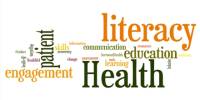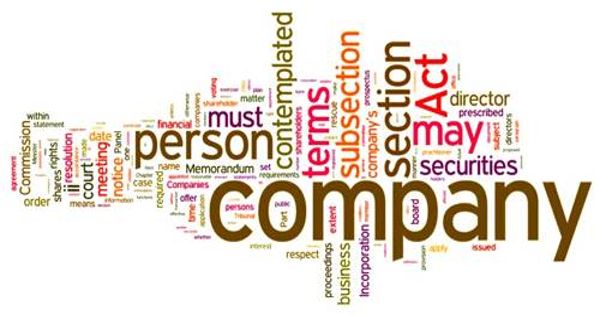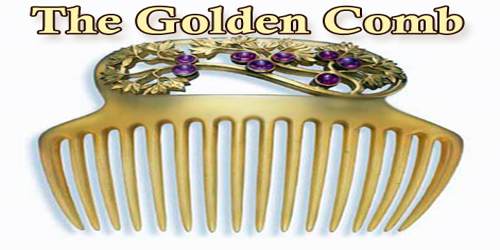The use of a substance for a purpose that is not consistent with legal or medical guidelines is referred to as drug misuse. It is a term that is commonly used when prescription medication with sedative, anxiolytic, analgesic, or stimulant properties is used for mood alteration or intoxication, despite the fact that such medications can sometimes have serious adverse effects when overdosed. It has a negative impact on health or functioning and can manifest as drug addiction or as part of a larger spectrum of problematic or harmful behavior. It occasionally involves drug diversion from the individual to whom the medication was prescribed.
Prescription medications are commonly associated with drug abuse. Prescription misuse has been defined differently and somewhat inconsistently based on the status of the drug prescription, the use without a prescription, the intentional use to achieve intoxicating effects, the route of administration, co-ingestion with alcohol, and the presence or absence of dependence symptoms. Prescription medications are intended to be taken exactly as prescribed by doctors. This is because these medications can have negative side effects if the instructions are not followed.
Chronic use of certain substances causes a change in the central nervous system known as “tolerance” to the medicine, which requires more of the substance to produce the desired effects. Stopping or reducing use of some substances can result in withdrawal symptoms, but this is highly dependent on the substance in question.
Because drug abuse is not a disorder, a simple reprimand may be sufficient to address the problem. However, repeated drug use can quickly progress to drug abuse and, eventually, addiction. This is due to the fact that it can lead to increased drug tolerance and then drug dependency, which can lead to cognitive, behavioral, and physiological problems.
The rate of prescription drug use is fast overtaking illegal drug use in the United States. According to the National Institute of Drug Abuse, 7 million people were taking prescription drugs for nonmedical use in 2010. Among 12th graders, nonmedical prescription drug use is now second only to cannabis. Misuse of the combination hydrocodone/paracetamol was at its lowest since a peak of 10.5 percent in 2003. This decrease may be related to public health initiatives and decreased availability.
Examples of drugs that are commonly misused include:
- illegal drugs,
- alcohol,
- tobacco,
- prescribed medicines including painkillers, sleeping tablets, and cold remedies,
- khat (a leaf that is chewed over several hours), and
- glues, aerosols, gases and solvents.
Prescription drugs can be obtained in a variety of ways, including sharing between family and friends, illegally purchasing medications at school or work, and frequently “doctor shopping” to find multiple physicians to prescribe the same medication without the knowledge of other prescribers.
Law enforcement is increasingly holding doctors accountable for prescribing controlled substances without fully establishing patient controls, such as a patient “drug contract.” Concerned doctors are learning how to recognize medication-seeking behavior in their patients and are becoming acquainted with “red flags” that would alert them to potential prescription drug abuse.
Prescription medications have numerous advantages. They can help us live longer, healthier lives when used under proper medical supervision. However, when these medications are misused or abused, they have the potential to cause dangerous side effects and fatal outcomes. Because of the risk of harm, prescription medications should be taken exactly as prescribed and only by the person for whom they are prescribed.
















